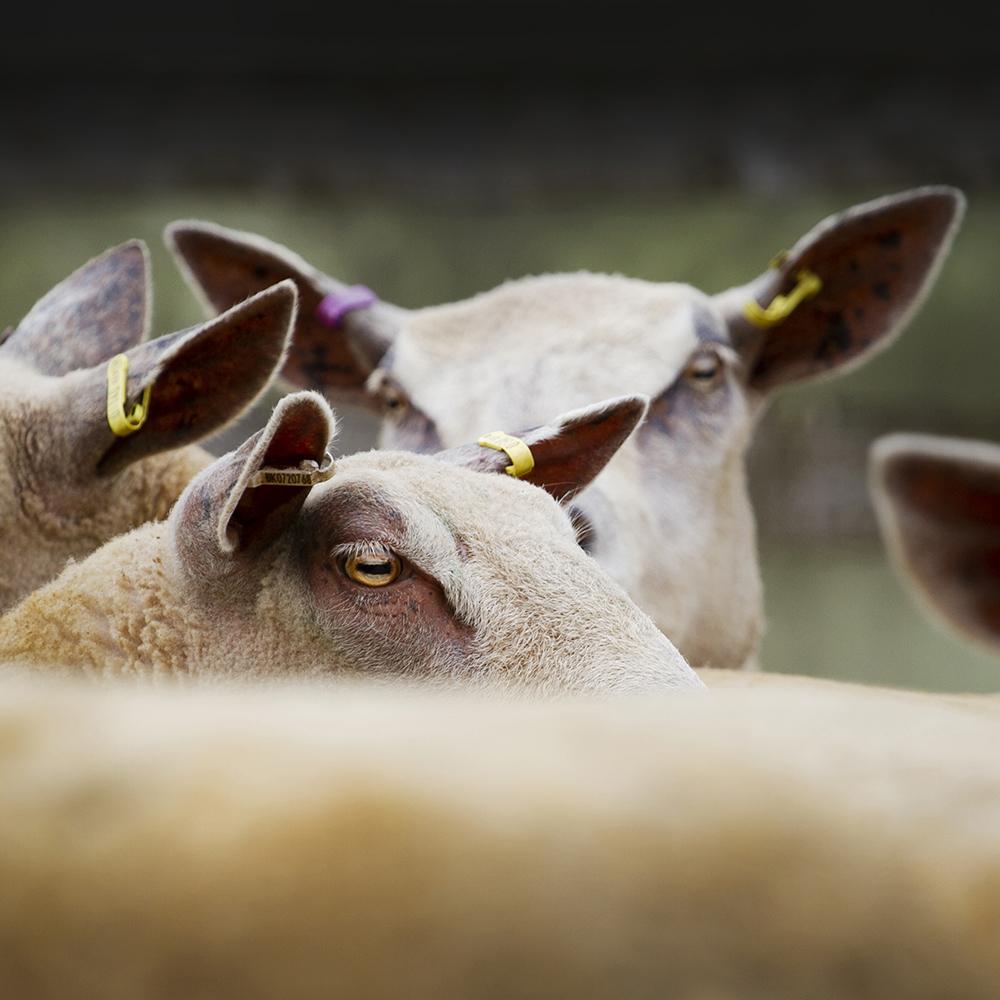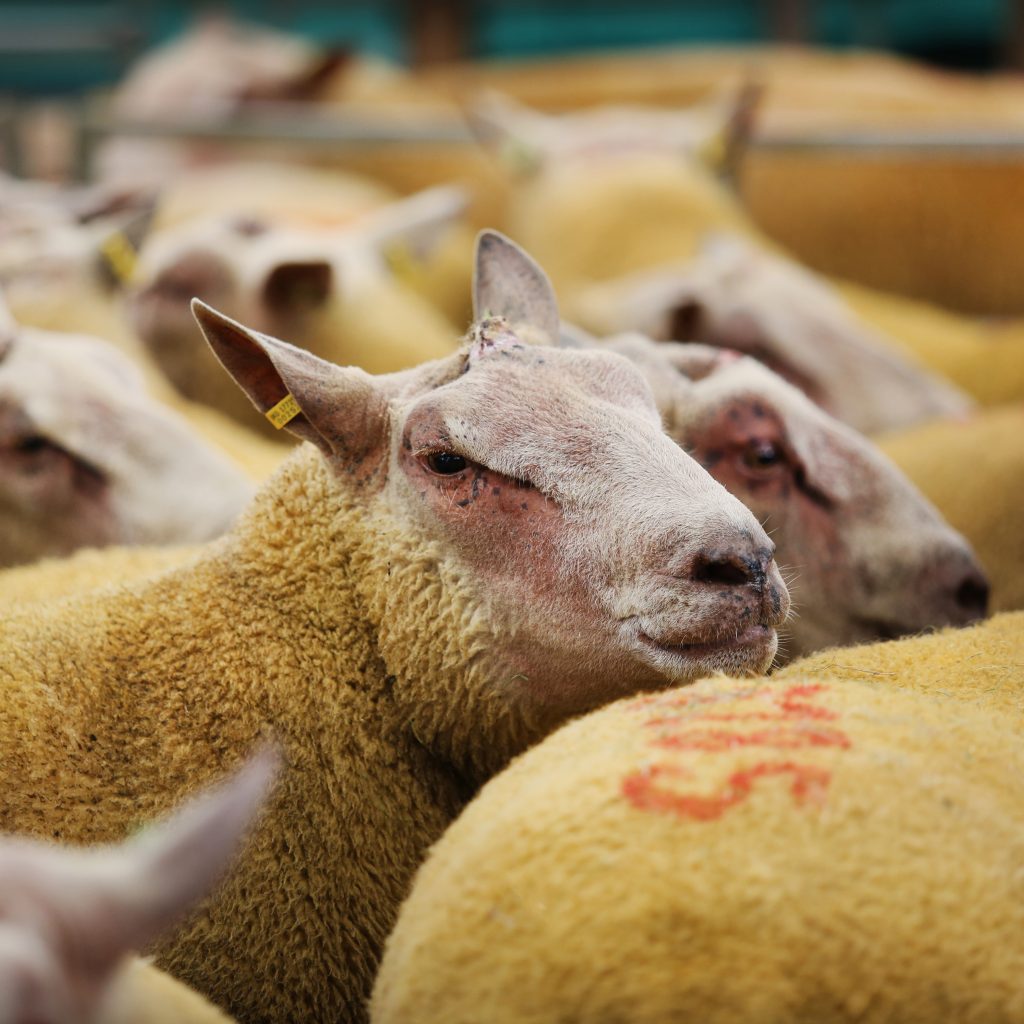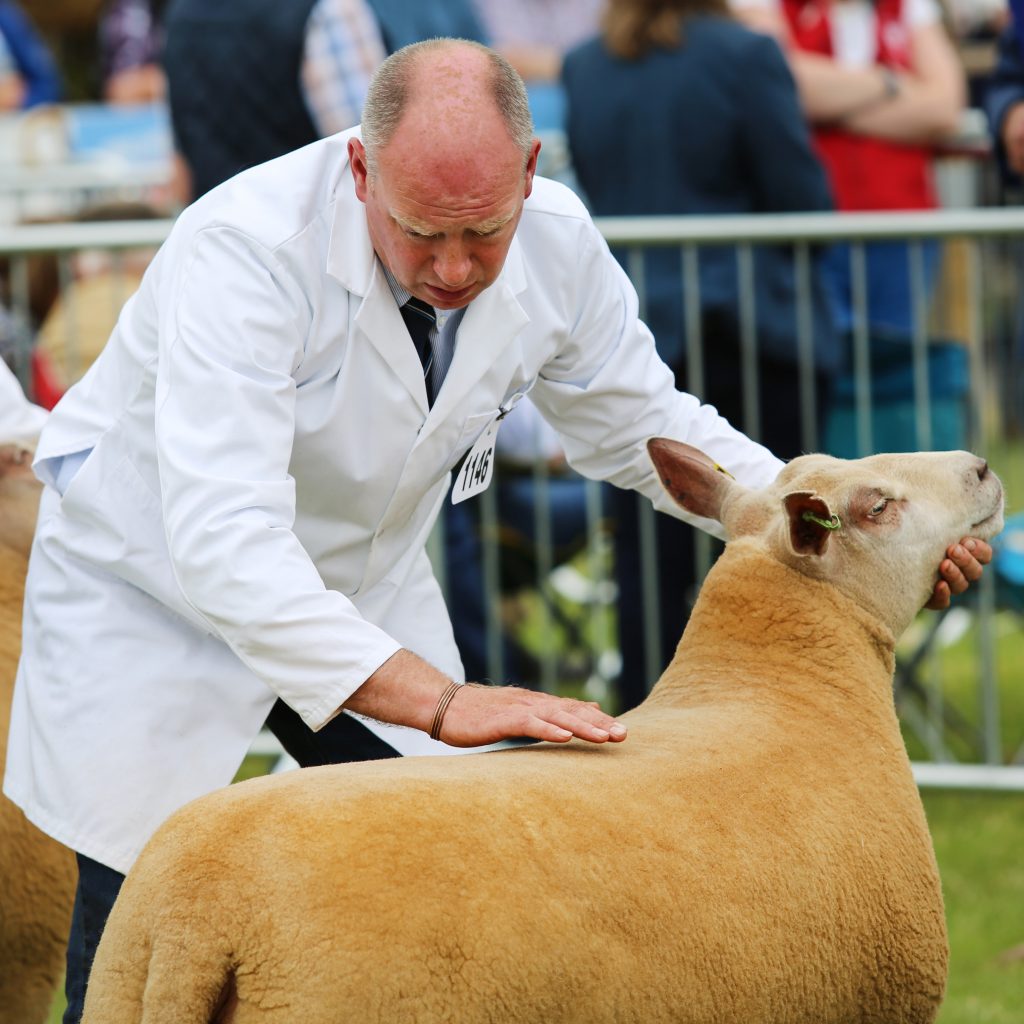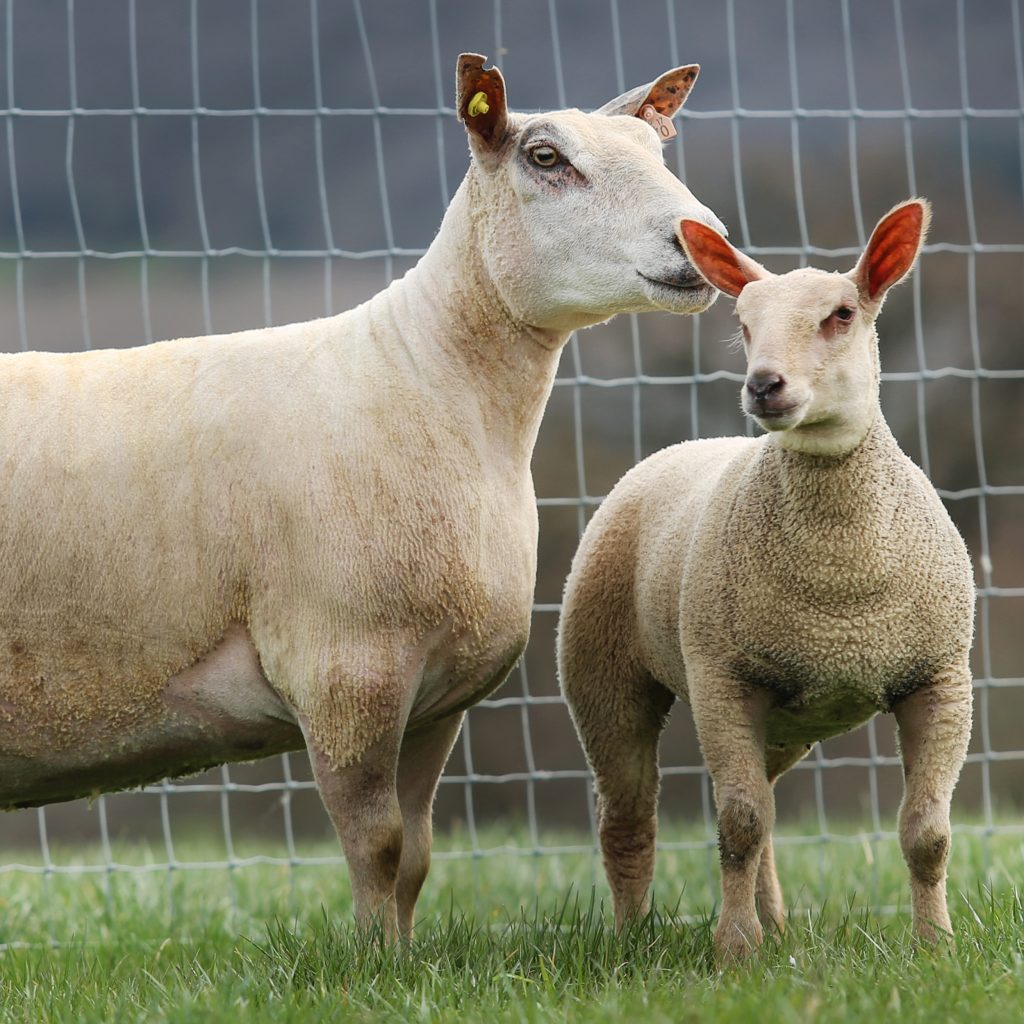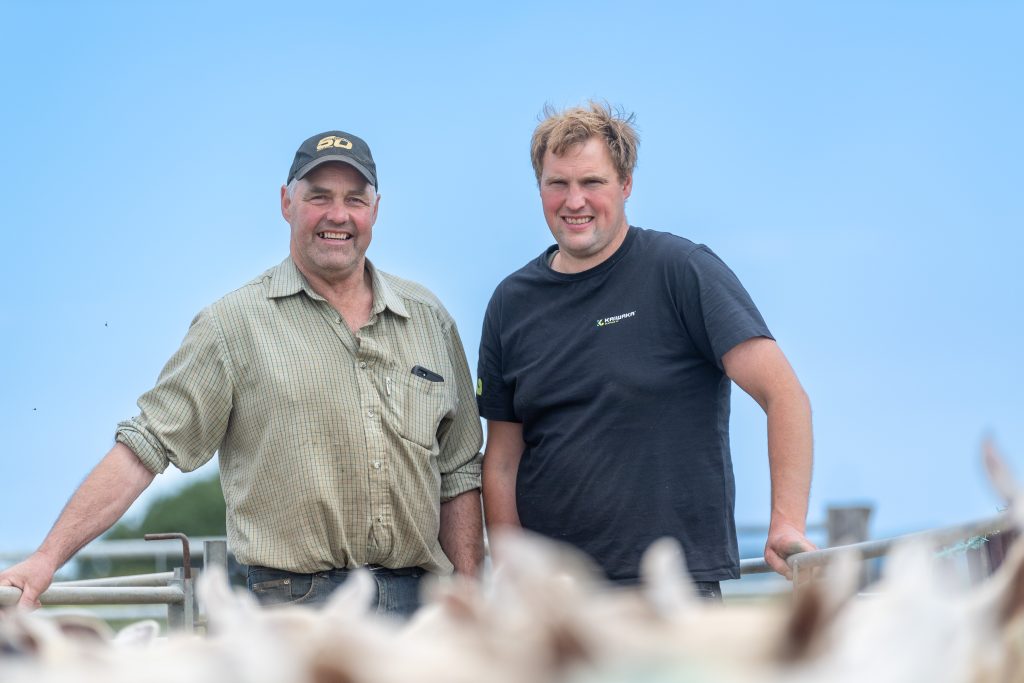
Nestled on a hillside overlooking the North Sea near the busy seaside town of Whitby you would be hard pushed to accidently stubble upon Biggin House, farmed by Paul Jones and his dad Ivor. Tucked away in the quiet Esk Valley, within the boundary of the North York Moors, which sees the land touching the heather moorland along its highest edge, sweeping coastwards to some fertile arable ground at the lower end, it is an oasis of quiet before the swarms of tourists surrounding Whitby and the coastline nearby. Ivor has had the tenancy of the farm for 35 years, who took it on after working for a local estate. Paul, 32, has taken on the tenancy and as well as farming Biggin House, works away a few days a week, he used to go out shearing during the summer, but is now concentrating more on the farm, and has overseen the introduction of several schemes to help enhance the habitat and biodiversity, planting hedges and fencing off watercourses.
Biggin House Farm runs to around 220 acres and is part of the Mulgrave Estate owned by Lord Normanby, as well as taking in 100acres of seasonal grazing too. They grow and sell 50 acres of Barley and Wheat each year as part of a rotation, providing them with straw, as well as 20 acres of root crops, put in over the stubble, to finish their later lambs on. Fields are reseeded on a regular basis, with clover leys, to help finish lambs better straight off grass, rather than relying too heavily on cake. Alongside this they run a small herd of around 25 suckler cattle, but the main focus of the farm is their sheep flock, which runs to 800 lambing ewes, mainly a closed flock, only bringing in a few fresh Swaledale draft ewes each year, from the local mart at Ruswap, to produce the prolific North of England Mules, and a few breeding rams. “We like to buy Swales off the local North York Moors, as they will be best adapted to the conditions we have here” Paul noted. The less they have to buy in helps prevent buying in other problems too.
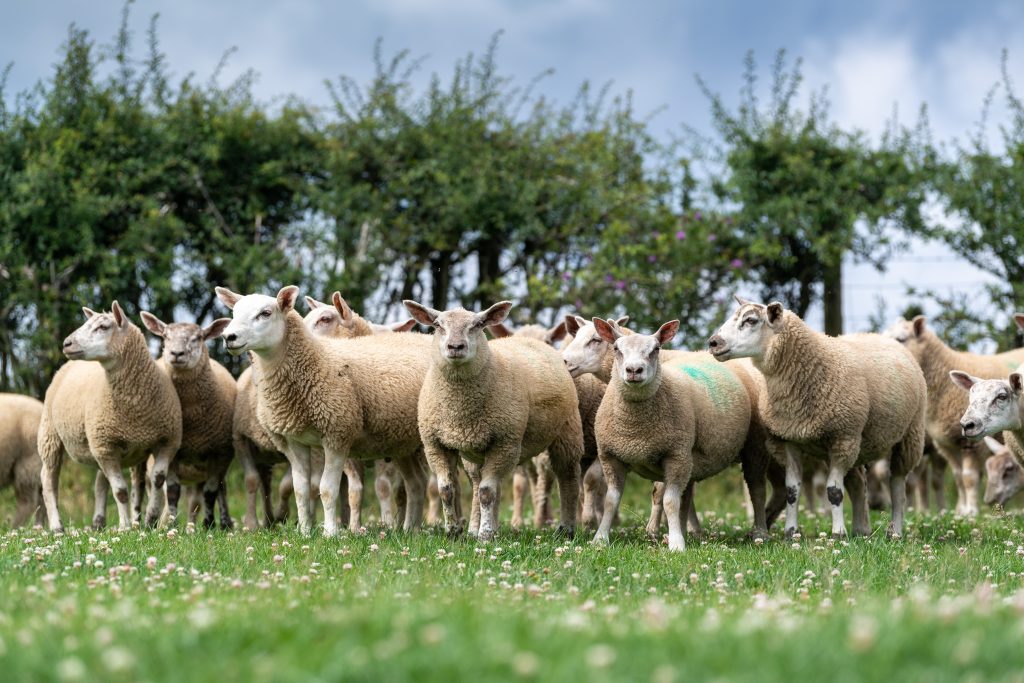
The mule ewes are crossed with the Texel rams and the gimmers from this cross are retained, they find them a good bridge between the two, good mothers, plenty of milk, but able to produce a better lamb, and these selected females form the sharp end of the self-contained strategy, being crossed with the Charollais ram, which the Jones family have been using as their tup of choice for over thirty years when it comes to breeding finished fat lambs, and having used them so long, they have plenty of experience with them, and back them all the way. “They have improved considerably over the years” Ivor says. “They lamb with more vigour, which is important for us” he adds. “The lambs are easy born and quick on their feet and suck right away. Once they get a full belly, they are away like good uns” he adds.
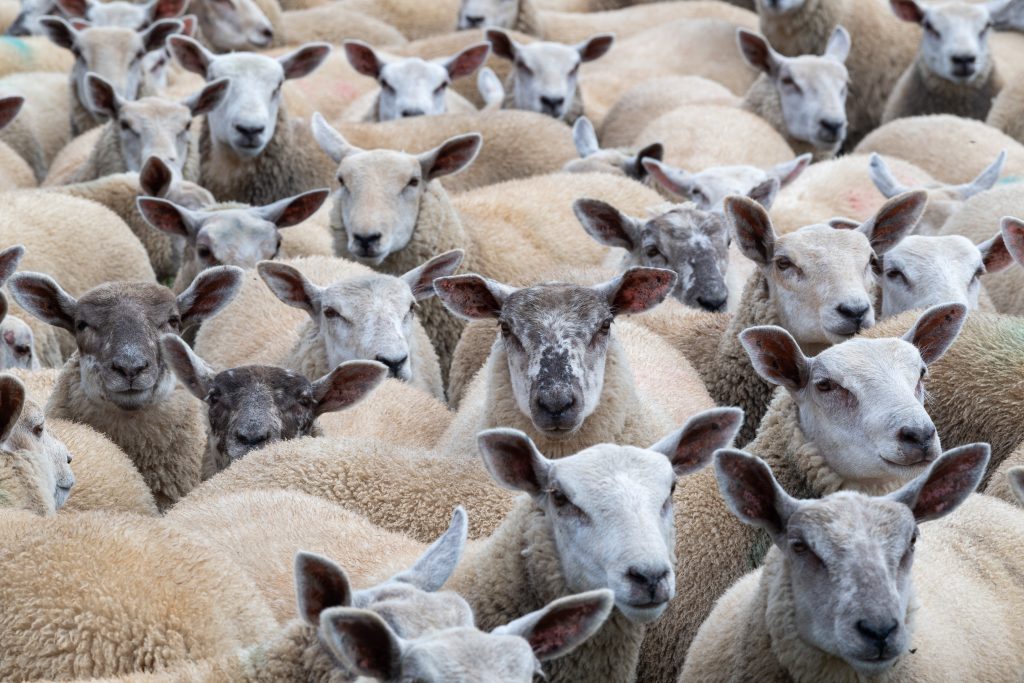
They spread lambing three times a year, lambing 100 Texel cross ewes to the Charollais, in January, letting them run over 2 cycles, to catch the early spring market, with the quick fleshing of the lamb’s ideal for this system. “We find they thrive well, hitting the spec we need in around 3 months, and they kill out well, mainly U3L’s with many pushing towards E spec” Paul says. “We house them for the first month, as the weather off the North Sea can be challenging, to say the least at that time of year, but we turn them out at around month old and creep them, and they do well” he adds. Another batch of 200 ewes are lambed from the 5th of March, with the main of these lambs gone by the end of July, and the rest of the flock lamb from the 15th of April. These lambs are mainly finished later from November onwards, off the root crops. Spreading out the lambing season like this helps keep the labour costs down and they can do it all themselves, whereas a big rush would have to involve more labour, and allows them to have a good spread of lambs across the season, from Easter through to the following December. All the sheep are lambed inside and across the flock they average 190% scanning.
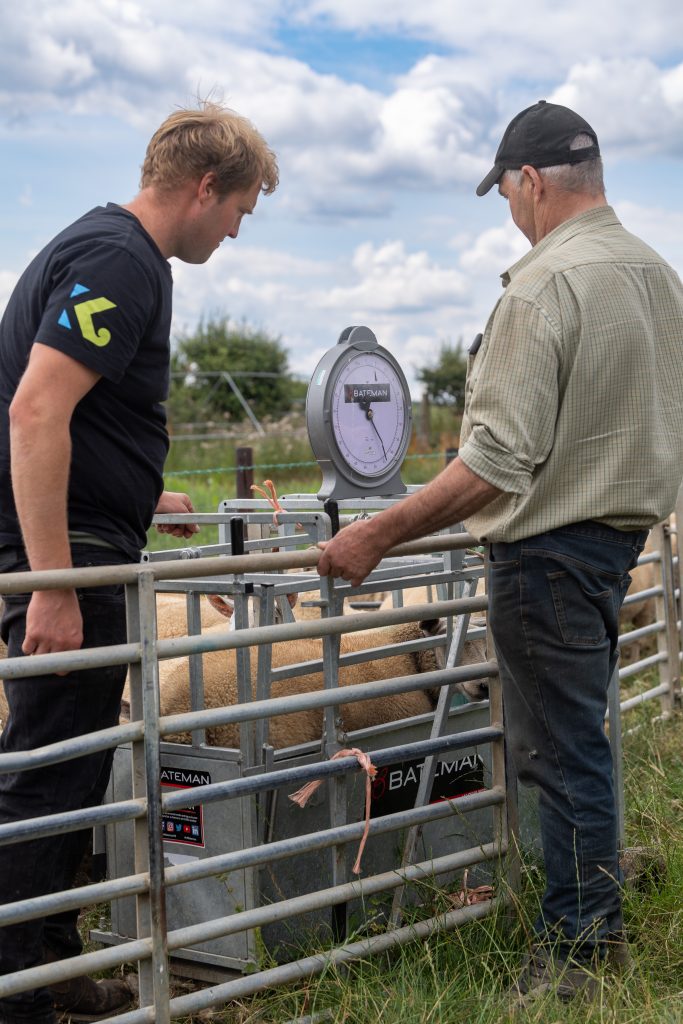
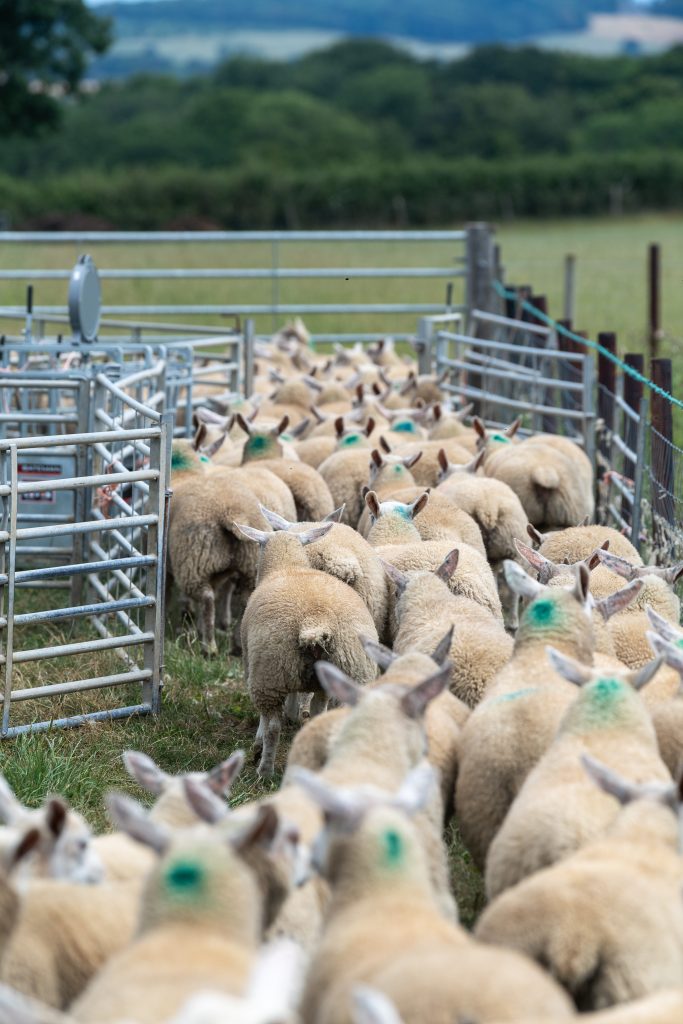
All lambs are sold deadweight via Dawn Meat / Carnaby, with the Charollais sired lambs hitting the 42kg target quickly and with ease, many straight off grass, and the spec sheets are something to behold, with such a great consistency with the carcase right through the batches. They thrive well from birth, with plenty of Spirit, and always handle well, and they find they have with them less foot problems than other breeds. They perfectly suit the system that they have built up here over the years, and having tried other breeds including crossbred Charollais, they find that the pure Charollais rams produce a more consistent stamp of a lamb, which can be seen when selecting batches of fat lambs, good long lambs with good skins and light bone, which helps them kill out so well. When buying a tup, they look for a ram with a full frame and a tight skin with a sharp head. They used to buy their tups at Kelso but have lately been buying at home from Chris and David Timms from Pickering who are producing the type of tup that they like, which go out and work well, full of vigour and can cover 60-70 ewes without any problem.
It is easy to imagine that Charollais will still be used in another 30 years, especially as they feel that the modern Charollais is fit to face an uncertain future, producing lambs which thrive and finish well off grass, and flesh up easily to meet the modern specs needed with minimal inputs, which is being brought into sharp focus at the moment with rising costs everywhere you turn and the removal of direct support.

